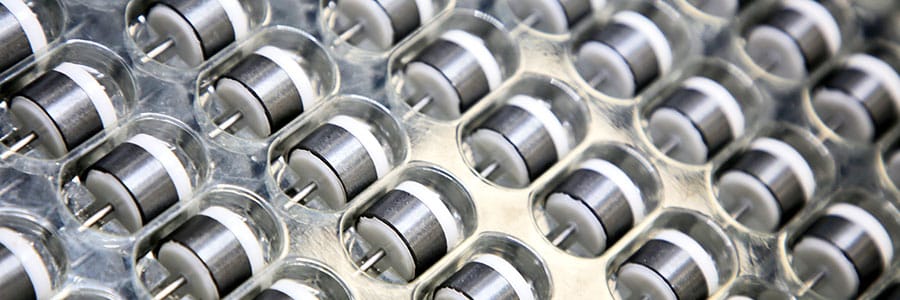Due to the effects of different applications on different gearmotors, it is nearly impossible to provide an exact service life. However, we manufacture our gearmotors to be reliable and long-lasting. If you would like to ask about the service life of a gearmotor for your specific application, please speak to our team.
Service life of DC Motors
The service life of a miniature DC motor can vary widely depending on several factors, including the quality of the motor, its design, the operating conditions, and how well it is maintained. Here are some key factors that can influence the service life of a miniature DC motor:
Operating Conditions
The environment in which the motor operates is crucial. Extreme temperatures, high humidity, exposure to dust or contaminants, and mechanical shocks or vibrations can all affect the motor's longevity.
Load and Duty Cycle
The load and duty cycle of the motor plays a significant role. If the motor is consistently operated at or near its maximum rated load, it may wear out more quickly.
Maintenance
Regular maintenance can extend the service life of a miniature DC motor. This may include cleaning, lubrication of bearings, and checking for any signs of wear or damage.
Application
The specific application of the motor matters. Motors used in critical applications where failure could have severe consequences, such as medical devices or aerospace systems, may be designed for longer service life and higher reliability.
How does the service life of a stepper motor differ?
The service life of a stepping motor, often referred to as a stepper motor, differs from that of other types of motors like DC or AC motors due to its unique operation and characteristics. Here are some key factors that affect the service life of a stepper motor:
Duty Cycle
Stepper motors are often used in applications with specific duty cycles, where they move in discrete steps to reach a target position. The service life of a stepper motor is heavily influenced by how frequently and for how long it operates.
Load and Torque
The load and torque requirements placed on a stepper motor impact its longevity. Running a stepper motor at or near its maximum torque capacity or carrying heavy loads can result in increased wear and potentially reduced service life.
Heat Management
Stepper motors can generate heat during operation, especially when running at high speeds or with high loads. Proper heat management, such as ensuring adequate ventilation and not exceeding the motor's thermal limits, is crucial to preserving its service life.
Operating Environment
Environmental factors such as temperature, humidity, and exposure to dust or contaminants can affect the service life of a stepper motor. Motors used in harsh conditions may require additional protection or maintenance.
Service life of gearheads
The durability of both a gearhead and a motor-gearhead assembly hinges on several critical factors: input speed, output torque, operational environment, and integration within larger systems. There are various avenues to enhance their longevity, including the use of ball bearings, all-metal gears, specialized lubrication, and more.
At Rotalink we utilise our intelligent design and years of experience to help you find the best solution for your unique challenge. If you would like to find out more about our work and how we can help you, please call our team or send us an email.
| Are you looking for a similar gearmotor for your product? Call our friendly team on +44 (0) 1460 72000 |






